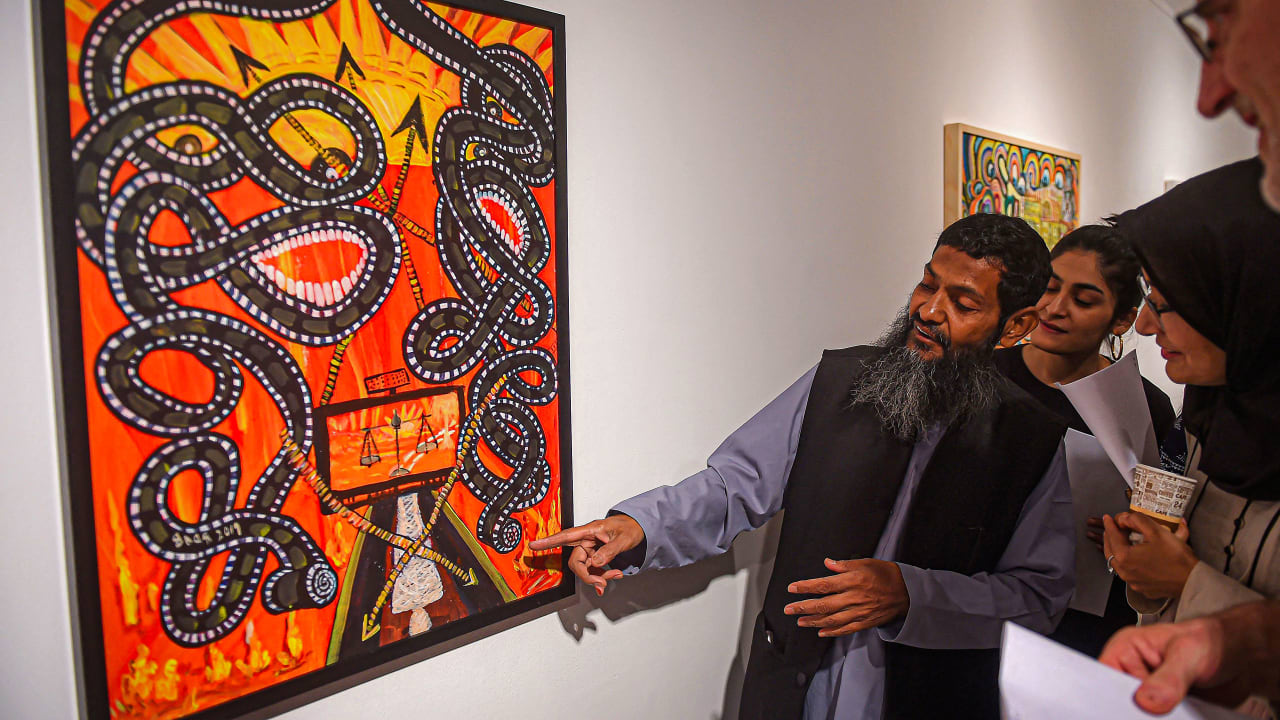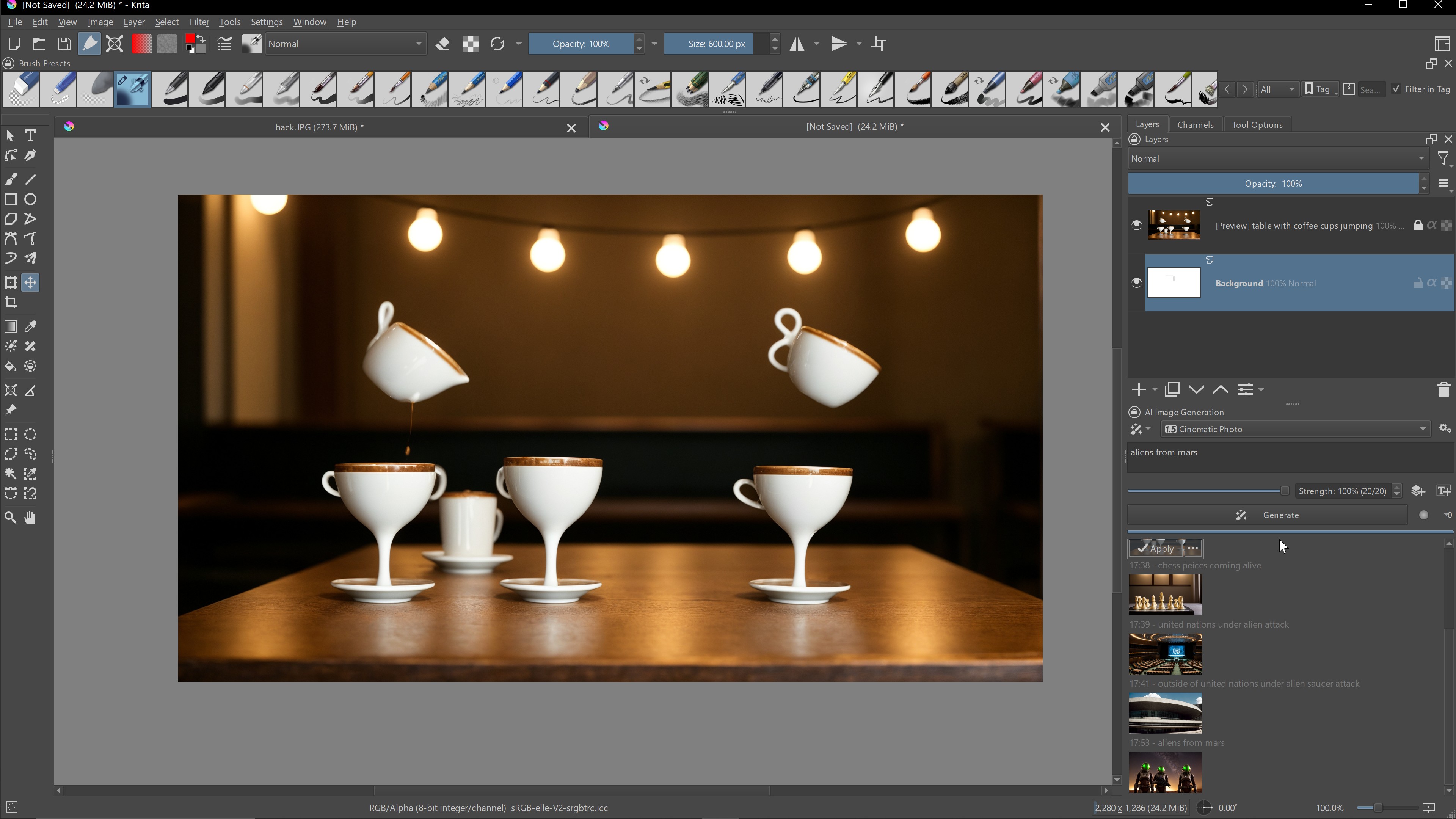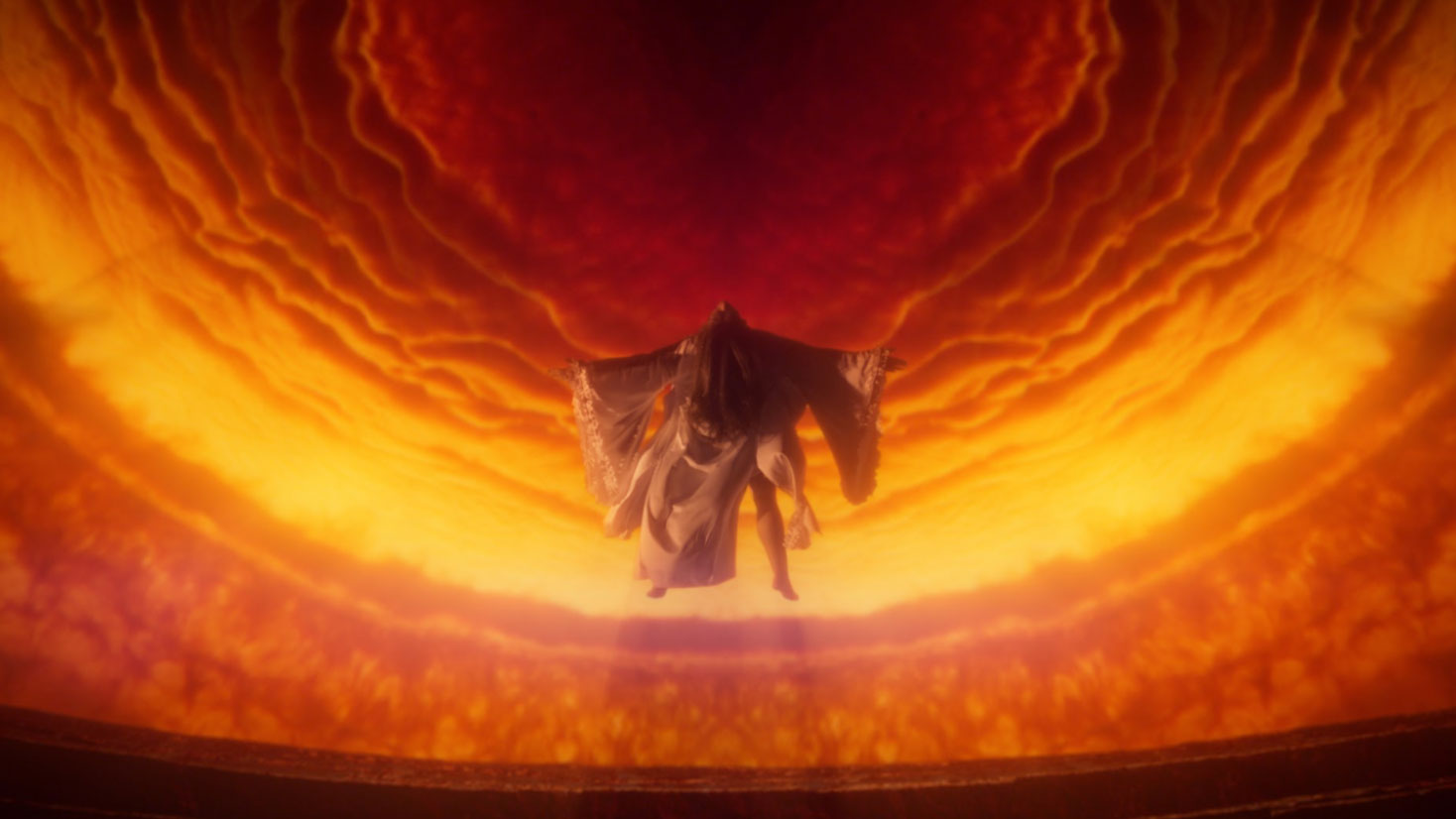
What detainees art can tell us about GuantnamoBay
www.fastcompany.com
When Moath al-Alwi left Guantnamo Bay for resettlement in Oman, accompanying him on his journey was a cache of artwork he created during more than two decades of detention.Al-Alwi was detainee number 028an indication that he was one of the first to arrive at the U.S. military prison off Cuba after it opened in January 2002. His departure from the detention center on January 6, 2025, along with 10 fellow inmates, was part of an effort to reduce the prisons population before the end of President Joe Bidens term.For al-Alwi, it meant freedom not only for himself, but also for his artwork. While not all detainees shared his passion, creating art was not an uncommon pursuit inside Guantnamoindeed it has been a feature, formally and informally, of the detention center since its opening more than 20 years ago.As editors of the recently published book The Guantnamo Artwork and Testimony of Moath al-Alwi: Deaf Walls Speak, we found that art-making in Guantnamo was more than self-expression; it became a testament to detainees emotions and experiences and influenced relationships inside the detention center. Examining the art offers unique ways of understanding conditions inside the facility.Art from tea bags and toilet paperDetained without charge or trial for 23 years, al-Alwi was first cleared for release in December 2021. Due to unstable conditions in his home country of Yemen, however, his transfer was subject to finding another country for resettlement. Scheduled for release in early October 2023, he and 10 other Yemeni detainees were further delayed when the Biden administration canceled the flight due to concerns over the political climate after the October 7 attacks in Israel.During his detention, al-Alwi suffered abuse and ill treatment, including forced feedings. Making art was a way for him, and others, to survive and assert their humanity, he said. Along with fellow former detainees Sabri al-Qurashi, Ahmed Rabbani, Muhammad Ansi, and Khalid Qasim, among others, al-Alwi became an accomplished artist while being held. His work was featured in several art shows and in a New York Times opinion documentary short.During the detention centers early years, these men used whatever materials were at hand to create artworkthe edge of a tea bag to write on toilet paper, an apple stem to imprint floral and geometric patterns and poems onto Styrofoam cups, which the authorities would destroy after each meal.In 2010, the Obama administration began offering art classes at Guantnamo in an attempt to show the world they were treating prisoners humanely and helping them occupy their time.However, those attending were given only rudimentary supplies. And they were subjected to invasive body searches to and from class and initially shackled to the floor, with one hand chained to the table, throughout each session. Furthermore, the subject matter for their art was restricteddetainees were forbidden from representing certain aspects of their detention, and all artwork was subject to approval and risked being destroyed.Despite this, many detainees participated in the classes for camaraderie and the opportunity to engage in some form of creative expression.A window to freedomMaking art served many purposes. Mansoor Adayfi, a former Guantnamo Bay detainee and author of Dont Forget Us Here: Lost and Found at Guantanamo, wrote in his contribution to the book on al-Alwi that initially, we painted what we missed: the beautiful blue sky, the sea, stars. We painted our fear, hope and dreams.Those who have been transferred from Guantnamo describe the art as a way to express their appreciation for culture, the natural world, and their families while imprisoned by a regime that consistently characterized them as violent and inhuman.The Statue of Liberty became a frequent motif Guantnamo artists deployed to communicate the betrayal of U.S. laws and ideals. Often, Lady Liberty was depicted in distressdrowning, shackled or hooded. For Sabri al-Qurashi, the symbol of freedom under duress represented his own condition when he painted it. I am in prison, not free, and without any rights, he told us.Other times, the artwork responded directly to the mens day-to-day conditions of confinement.One of al-Alwis early pieces was a model of a three-dimensional window. Approximately 40-by-55 inches, the window was filled in with images carefully torn from nature and travel magazines, and layered to create depth, so that it appeared to look out on an island with a house with palm and coconut trees made from twisted pieces of rope and soap.Al-Alwi was initially allowed to keep it in his windowless cell, and fellow detainees and guards would visit to look out the window. But as far as we know, it was eventually lost or destroyed in a prison raid.Art as representation and respiteIn another example of how artwork can be an expression of what former detainees call their brotherhood, Khalid Qasim, who was imprisoned at the age of 23 and held for more than two decades before being transferred alongside al-Alwi, mixed coffee grounds and coarse sand to create a series of nine textured, evocative paintings to memorialize each of the nine men who died while held at Guantnamo.Especially in periods when camp rules allowed detainees to create artwork in their cells, the artists use of prison detritus and found objects made the artwork more than simply a depiction of what the men lacked, desired or imagined. Artwork helped create an alternative forum for the mens experiences, especially for those artists who, along with the vast majority of Guantnamos 779 detainees, never faced charge or trial.The pieces served as symbols and metaphors of the detainees experiences. For example, al-Alwi describes his 2015 large model ship, The Ark, as fighting against the waves of an imagined, threatening sea. In creating it, he wrote, I felt I was rescuing myself.Constructed out of the materials of his imprisonment, the work also points to the conditions of his daily life in Guantnamo. Made from the strands of mops, unraveled prayer cap and T-shirt threads, bottle caps, bits of sponges, and cardboard from meal packaging, al-Alwis shipshe went on to create at least sevenreveal both his artistic ingenuity and his circumstances.Guantnamo artists talk about the artwork as being imprisoned like them and subjected to the same restrictions and seemingly arbitrary processes of approval or disappearance.The transfer to Oman of al-Alwi and his artwork releases both from those processes. It also creates an opportunity to inform the public about what Guantnamo meant to those who were held there, and to the 15 men who remain.Alexandra Moore is a professor of human rights in literary and cultural studies at Binghamton University, State University of New York.Elizabeth Swanson is a professor of arts and humanities at Babson College.This article is republished from The Conversation under a Creative Commons license. Read the original article.
0 Comments
·0 Shares
·33 Views








/https://tf-cmsv2-smithsonianmag-media.s3.amazonaws.com/filer_public/7e/88/7e886a85-0d34-437a-8f7a-c0b3ef9ce544/gettyimages-1616991975.jpg)


